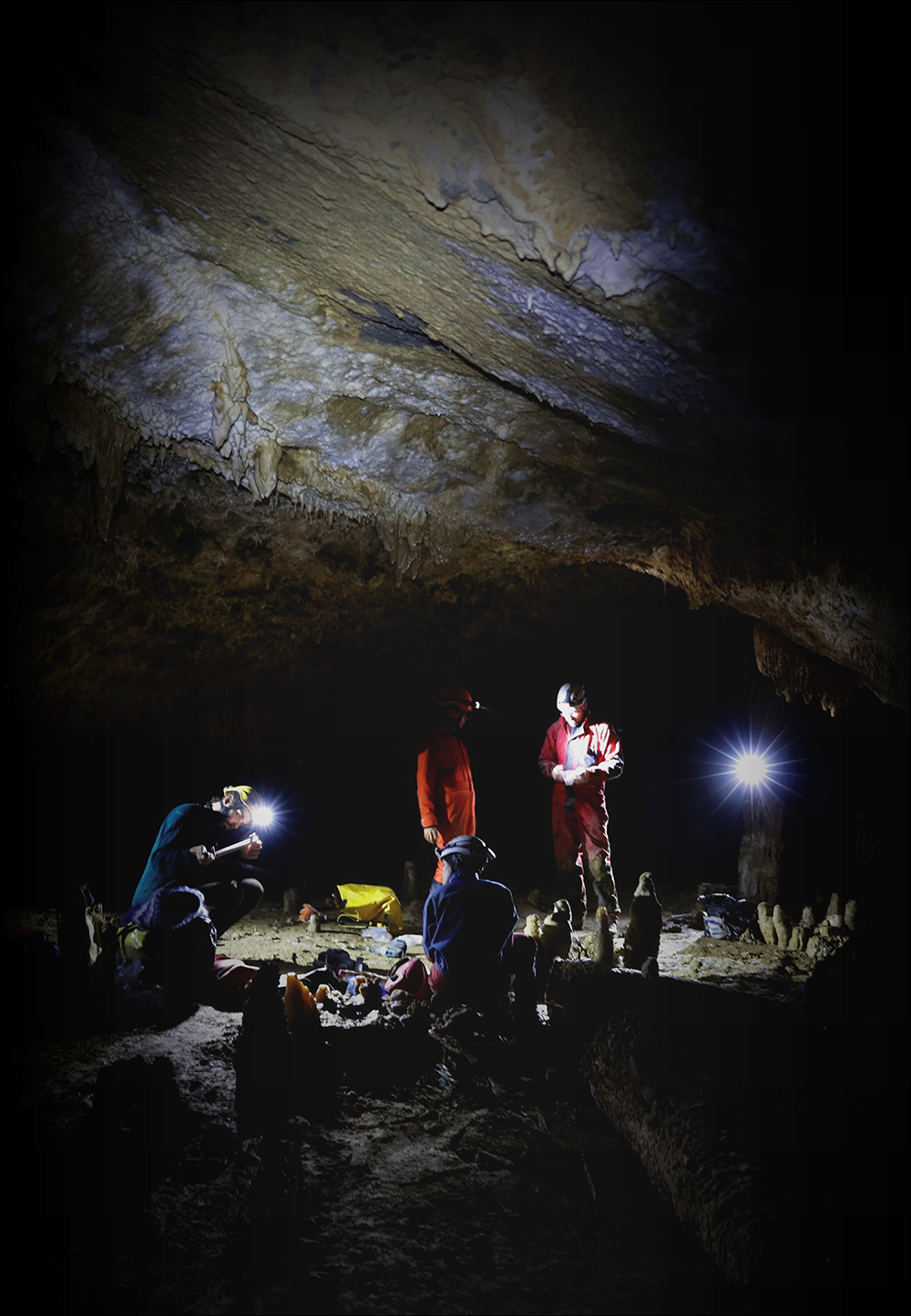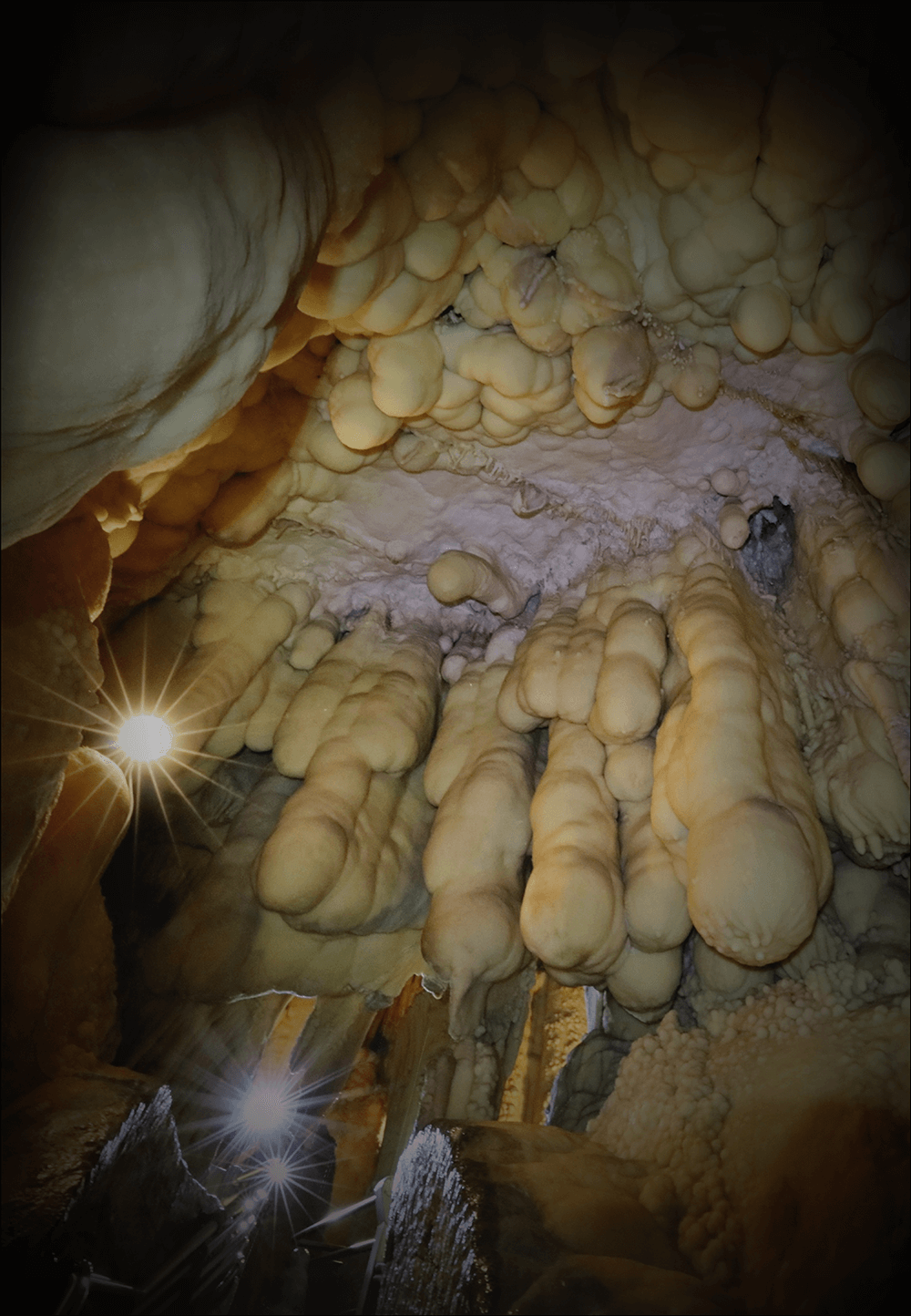▎Achievements
Split Westerly Winds over Europe: Breakthrough by Int'l Geoscientists
Share:

Dr. Hsun-Ming Hu working in Bàsura Cave, northern Italy, in 2018.
Located at the mid-high latitude at 40-70oN, Europe enjoys comfortable, mild autumn and winter weather. Such pleasant weather is regulated by the warm, humid westerly winds from the North Atlantic Ocean. During the 15th to 19th centuries, Europe experienced the unexpectedly coldest winters in the last ten thousand years. This period is known as the “Little Ice Age” (LIA). It was hypothesized that LIA was caused by volcanic eruptions and low solar activity. However, the detailed climate pattern of Europe remains unclear.
Dr. Hsun-Ming Hu, the first author, and Prof. Chuan-Chou Shen, the leader of this international project, published their latest prominent finding(1) of the split westerly winds over Europe during the early LIA in the prestigious journal Nature Communications (August 20). Their finding overturns previous understandings of the southward westerly drift that occurs during this interval.
In 2018, Dr. Hu collected an 8-cm-long stalagmite in Bàsura Cave, northern Italy. By conducting high-precision radiometric U-Th dating techniques and trace element analyses in the HISPEC, NTU’s Department of Geosciences, the drifting histories of the westerly winds in Europe-Mediterranean realm were revealed. The comparison of Bàsura records with previous published precipitation data shows that during the early LIA, the westerly winds not only drifted southerly, but also split into two branches away from mainland Europe. The absence of moisture from warm, humid currents in turn resulted in dry, cold winters in Europe. The team concluded that the double westerly winds had been triggered by frequent high-pressure anomalies over northern Europe.
Model simulations suggest that the frequent high-pressure anomalies over Europe could be induced by both concurrent sea-ice melting in the North Atlantic and low solar activity during the early LIA. With the effect of global warming, the North Atlantic sea-ice could keep melting in the coming decades, which means the scenario revealed in this study could happen again. As a consequence, the ecosystem and Europeans could face severe impacts from droughts. Dr. Hu emphasized that the drift of the westerlies did affect the ancient civilization, such as the collapse of the western Roman Empire.(2)

Researchers working in a European cave.

Bàsura Cave in northern Italy.


